The Québec maritime Blog
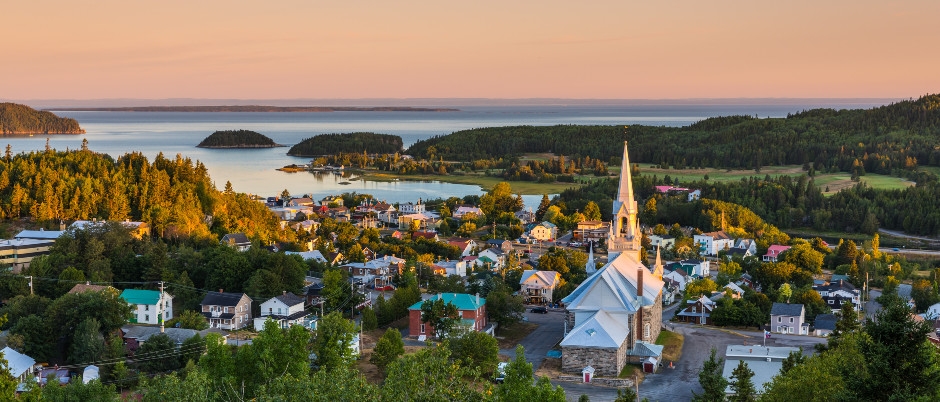
-
Le Bic, Bas-Saint-Laurent
Mathieu Dupuis
Bas-Saint-Laurent: A Dream Destination!
Whether you’re looking for adventure or relaxation, Bas-Saint-Laurent never ceases to amaze visitors, whatever the season! Find out more about this less well-known region of Québec and fall (or fall back) under its spell. Nicknamed Bas-du-Fleuve (which means “Lower River,” or Lower St. Lawrence), this peaceful territory has so much to offer!
Geography
There are many ways to get to Bas-Saint-Laurent, depending on where you’re coming from. You can drive eastward from Montréal or Québec City via Highway 20 or Route 132; you can also drive westward from the Gaspé Peninsula on Route 132. Several ferries connect the regions of Charlevoix and Côte-Nord on the north shore of the St. Lawrence to Bas-Saint-Laurent, and the region shares its southern borders with the province of New Brunswick and the state of Maine. Of course, you can also fly to Bas-Saint-Laurent and rent a car for the duration of your stay.
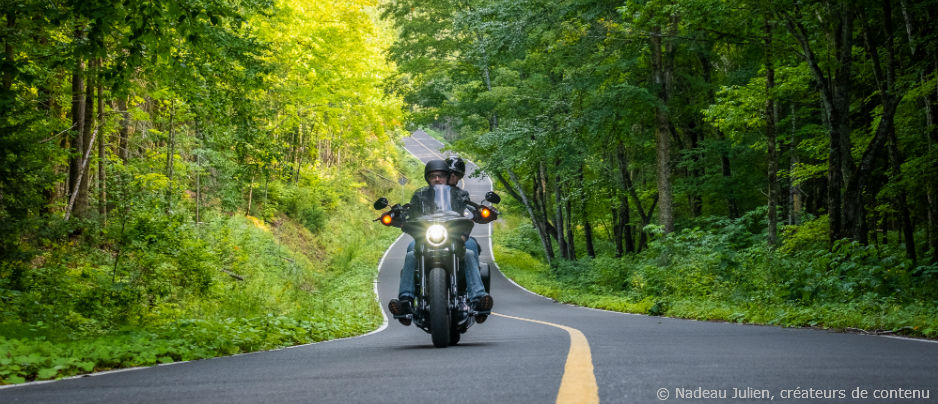
Three major tourist routes cross the territory of Bas-Saint-Laurent, each with its own unique attractions. The Navigators’ Route, which will take you along the St. Lawrence, offers a wide range of historical, cultural and maritime treasures to discover. The Border Route will take you from Kamouraska to Témiscouata along the border between Québec and Maine or New Brunswick and will introduce you to the history of these border territories. Québec’s latest tourist route, the Route des Monts Notre-Dame, winds through the Notre-Dame Mountains, which were formed some 200 million years ago! The variety of roads and scenery along this route make it particularly appealing to cycling and motorcycling enthusiasts.
Landscapes
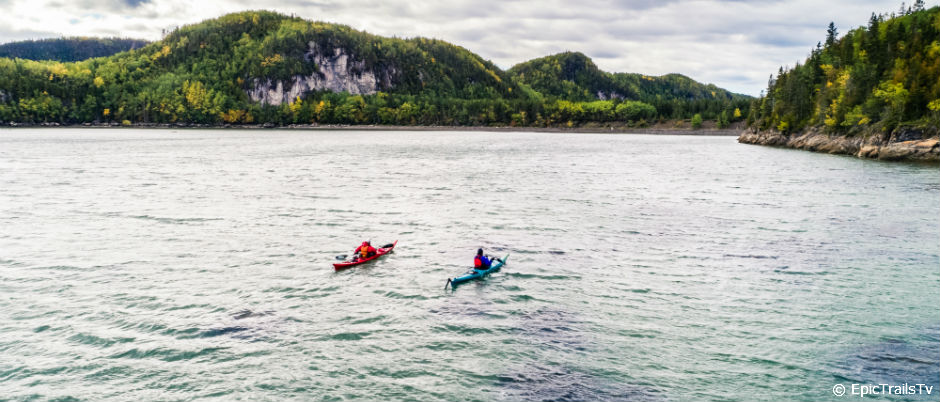
Bas-Saint-Laurent offers a rich tapestry of impressive landscapes. The coastal areas are dotted with wharves, marinas, fishing nets and pebble beaches that stretch out to the horizon. Not surprisingly, these areas attract visitors and locals who love sea kayaking, stand-up paddle boarding, sailing and kitesurfing.
The many islands that dot the St. Lawrence also add to the beauty of the landscape, as can be seen in Parc national du Bic, where mountains meet the sea. Several islands are accessible to the public, including Île Verte (Green Island), Île du Pot à l’Eau-de-Vie (Brandy Pot Island), Île aux Lièvres (Hare Island) and Saint-Barnabé Island, all of which also give you access to beautiful settings as well as the opportunity to admire the coast from a different angle.
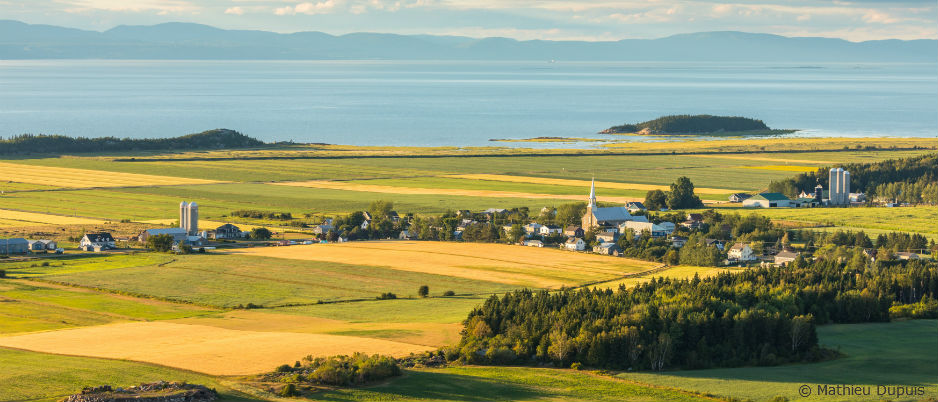
Bas-Saint-Laurent is an agricultural region: large golden fields, farm buildings and grazing animals will add a bucolic touch to your road trip. The region is also home to many charming small villages, such as the ones found in the Kamouraska area.
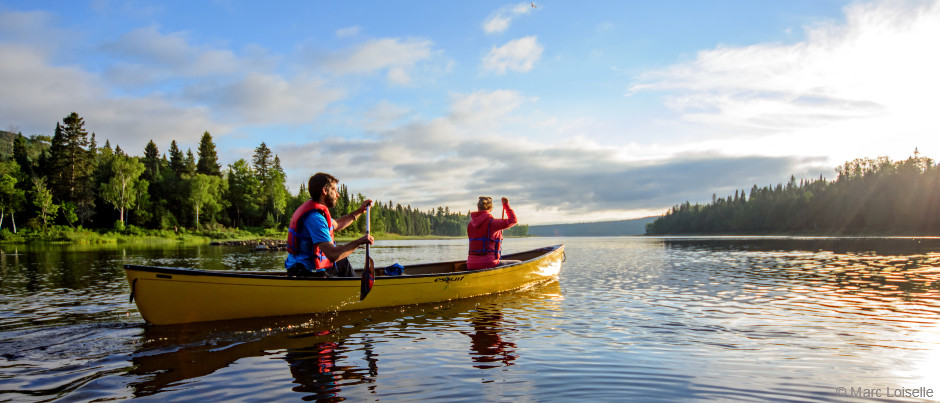
Once you head inland, away from the St. Lawrence, you’ll find yourself surrounded by century-old forests dotted with lakes and rivers. You can admire this type of scenery in Parc national du Lac-Témiscouata, which is home to the second largest lake south of the St. Lawrence.
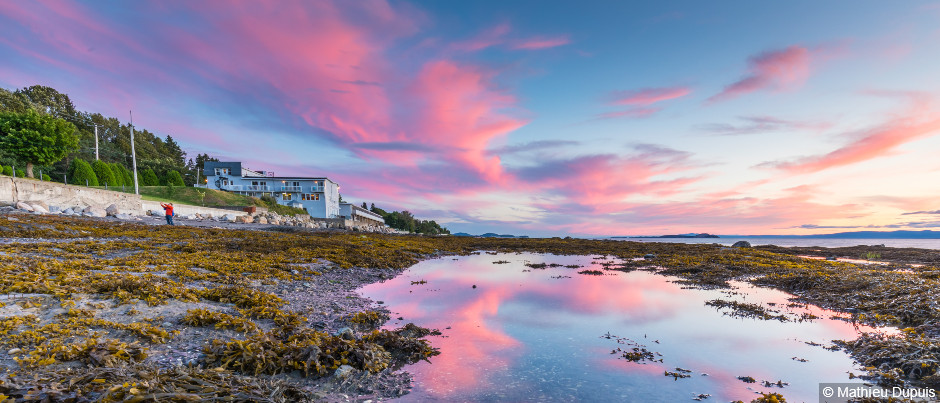
However, the highlight of your days in Bas-Saint-Laurent will be the spectacular sunsets! The region is known for the beauty of this end-of-day show, when the sun disappears over the water, painting the sky with dazzling colours. You’re guaranteed to be wowed!
History
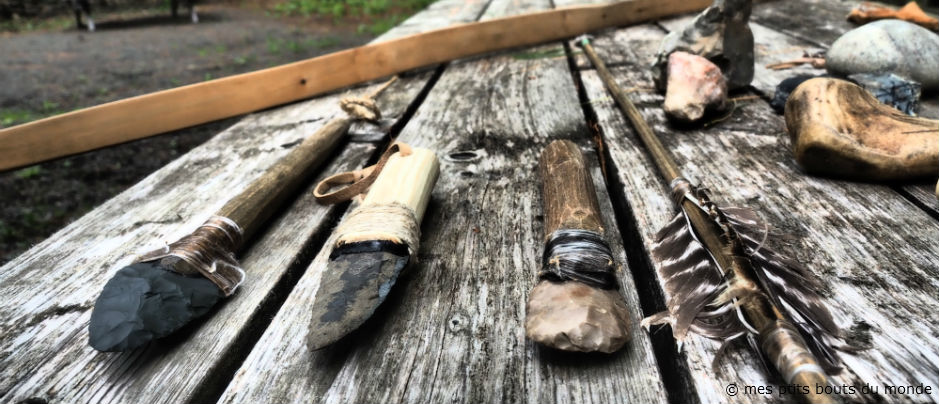
Numerous sites bear witness to the presence of First Nations peoples in Bas-Saint-Laurent. The Haudenosaunee (Iroquois), Innu and Mi’gmaq all frequented the south shore of the St. Lawrence seasonally, but it was mainly the Wolastoqiyik, a hunter-gatherer people, who settled here. Their occupation of the territory dates back 10,000 years.
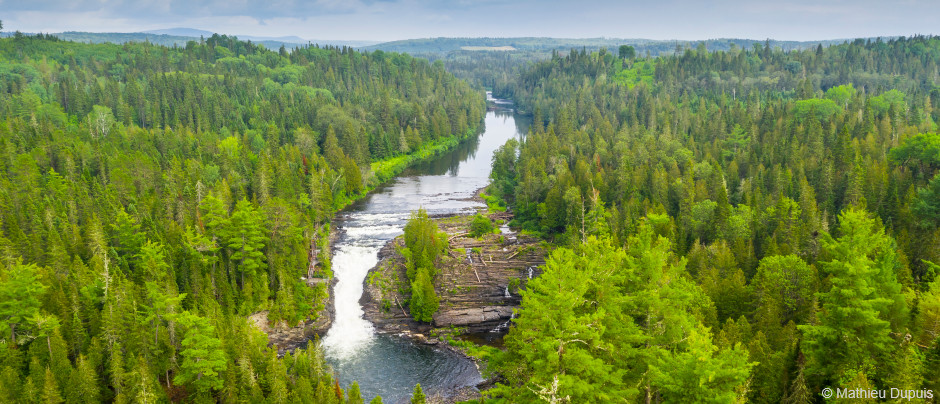
The colonization of the region was slow during the French regime, despite the presence of a few seigneuries. It was only in the 19th century, during the British era, that the population began to grow significantly, in part because of the logging industry. At the time, men were log driving, a perilous activity that involves using the river to move logs downstream.
The development of the road network and the railroad also contributed to the occupation of the territory, in addition to allowing tourism to develop. The first tourists were members of the English-speaking elite, who visited the local beaches and bathed in the sea. Some settled in the region and build magnificent villas that can still be seen in Cacouna, Rivière-du-Loup and Notre-Dame-du-Portage, for example.
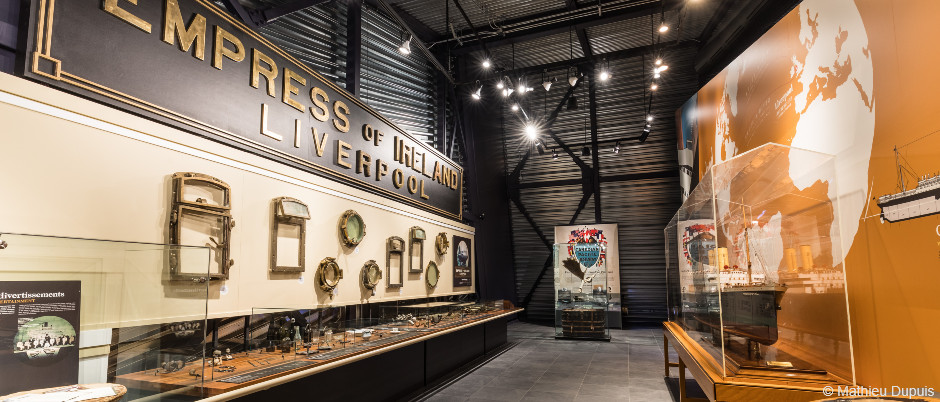
The sea is the focus of many local tales, legends and songs. One of the region’s most tragic stories (a true one) is the shipwreck of the Empress of Ireland, which sank in 14 minutes on the night of May 29, 1914, killing 1012 people. Artefacts from the wreck are now on display at the Pointe-au-Père Maritime Historic Site.
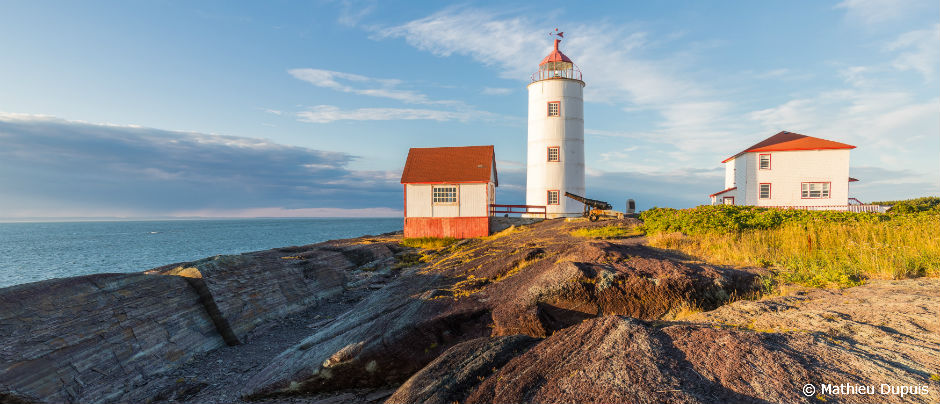
On this site, you’ll also find the second tallest lighthouse in Canada. Like other lighthouses located along the coast and on the islands of Bas-Saint-Laurent, this sentinel of the sea is an integral part of the region’s history, while adding to the charm of the landscape. The oldest lighthouse in Québec, which dates back to 1809, is located on Île Verte. It also happens to have been the home of many generations of the same lightkeeping family over a period of 137 years!
You can learn more about the history of this region by visiting local museums and historic sites, which are a goldmine of fascinating information!
Wildlife
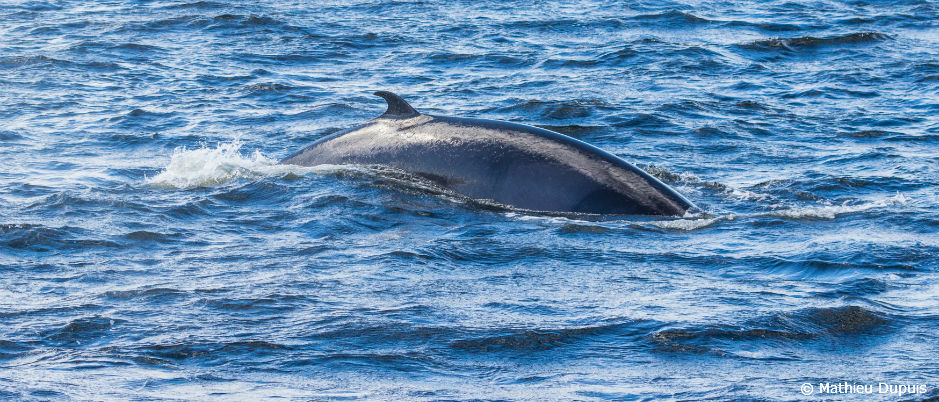
Every year, between May and October, numerous whales come to feed in the waters of the St. Lawrence, especially in the Saguenay–St. Lawrence Marine Park, which is teeming with fish and plankton. Porpoises, minke whales and humpbacks are among the 13 species that can be observed from a ferry or during a sea excursion. If you visit some of the islands of the St. Lawrence such as Île Verte, you may also spot these majestic marine mammals on the horizon!
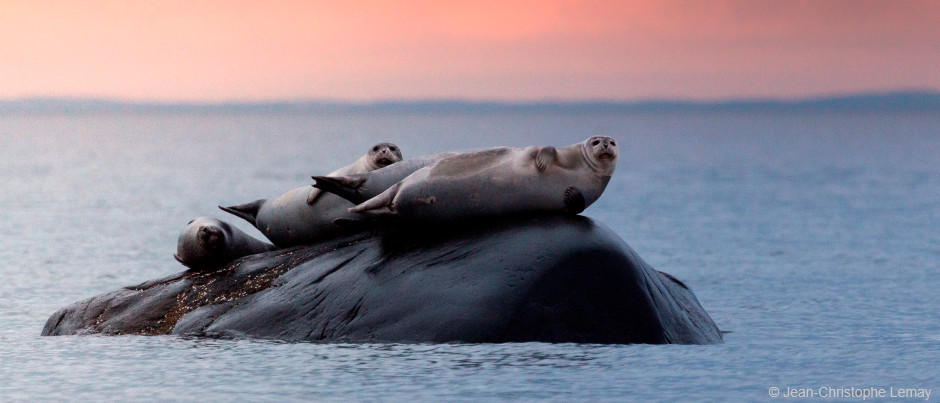
Harbour and grey seals are other marine mammals you can admire in Bas-Saint-Laurent—this time from dry land. In Parc national du Bic, you may spot them basking in the sun on the rocks in the Pointe-aux-Épinettes and Anse-aux-Bouleaux-Ouest sectors. You may also come across white-tailed deer nibbling on leaves and ferns in this park.
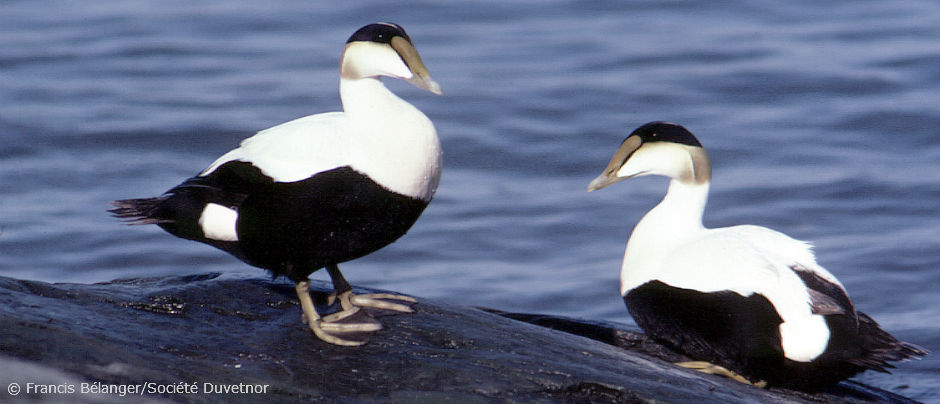
Bas-Saint-Laurent is a popular destination for both budding and seasoned bird watchers, since it’s home to such a wide variety of bird species and ecosystems. The region’s signature species is the common eider, the largest nesting duck in Québec. These birds can be observed on Île aux Lièvres, among other places, where their down is harvested to make comforters and outdoor clothing. Bald eagles, which are the emblem of Parc national du Lac-Témiscouata, are another fascinating species. They are the largest birds of prey found in Canada, with an impressive wingspan that can reach up to 2 metres (6.5 feet)!
Other wildlife species can be spotted in Bas-Saint-Laurent in a multitude of different natural environments. All you have to do is keep your eyes peeled!
Regional flavours
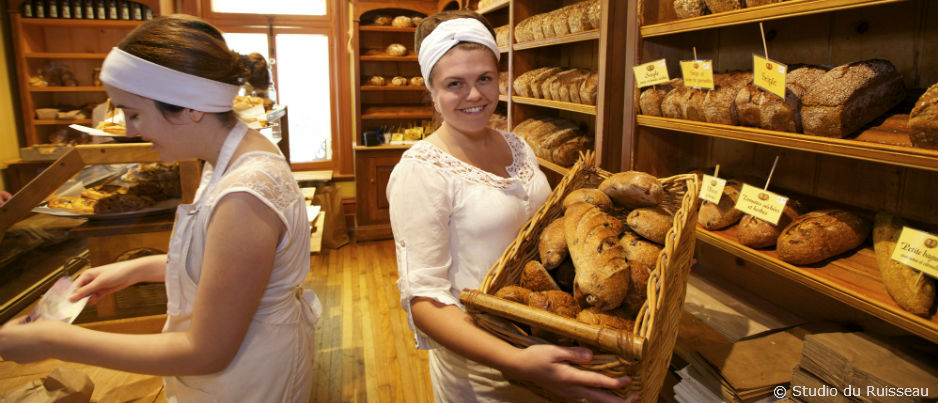
Since Bas-Saint-Laurent is such a fertile agricultural region, it’s not surprising that it’s also a great foodie destination! Local food producers, chefs and artisans are inspired by what the region has to offer and will delight your taste buds with their creations. A multitude of good restaurants, cheese producers, bakeries, fish markets and more are found throughout the region and offer amazing foodie experiences.

Obviously, the local cuisine is also influenced by the proximity of the St. Lawrence, which means opportunities to try snow crab, sea urchins, smoked fish and eel, as well as algae and coastal plants.
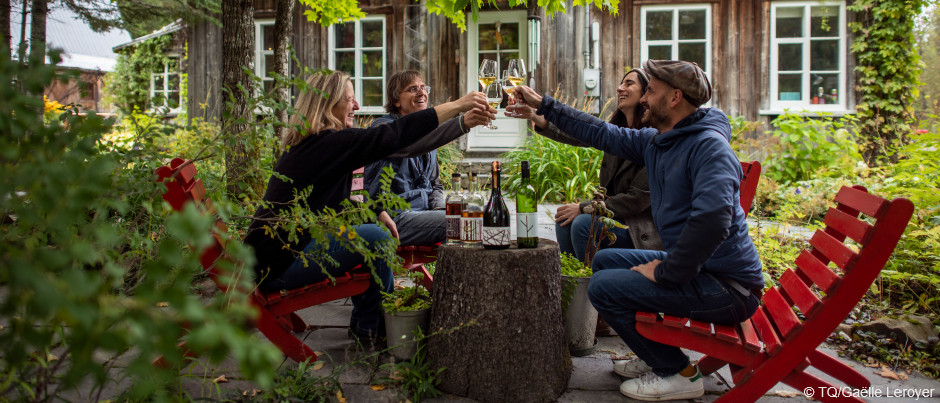
The forest also contributes its share of flavours, starting with maple sap. Bas-Saint-Laurent is in fact the second largest maple syrup-producing region in Québec! Domaine Vallier Robert, in Témiscouata, is a pioneer in the production of alcoholic maple beverages. (They offer four: a sparkling wine, a semi-dry white, an aperitif and an after-dinner drink.). Many other edibles come from the Bas-Saint-Laurent forest, including wild plants and a wide variety of mushrooms.
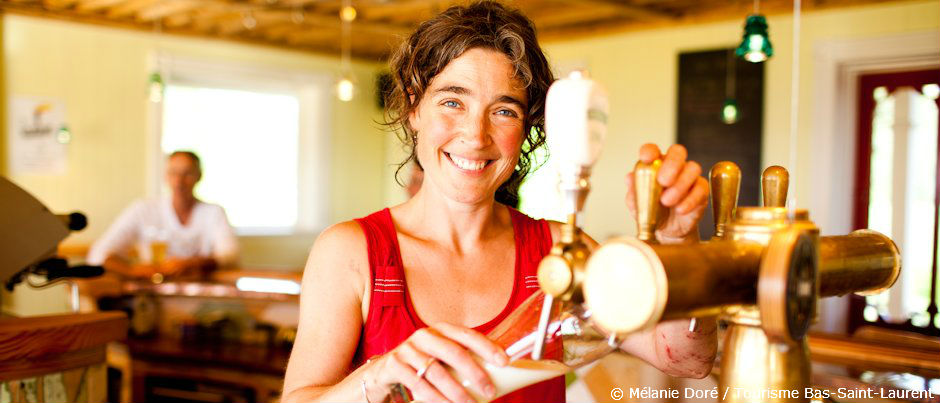
All of these flavours also inspire the microbreweries, distilleries and vineyards that are increasingly popping up in the region and developing unique locally made products.
A few quick facts
Area: 18,424 km2 (7114 sq. mi.), which is almost the same size as New Jersey
Languages spoken: mainly French
Population: 147,826
Time zone: Eastern Standard Time (EST), as is true for most of Québec
How could you not fall under the spell of this picturesque and scenic region, which offers so many natural and cultural attractions?

(1) comment
ellen guay
This is a truly beautiful area.